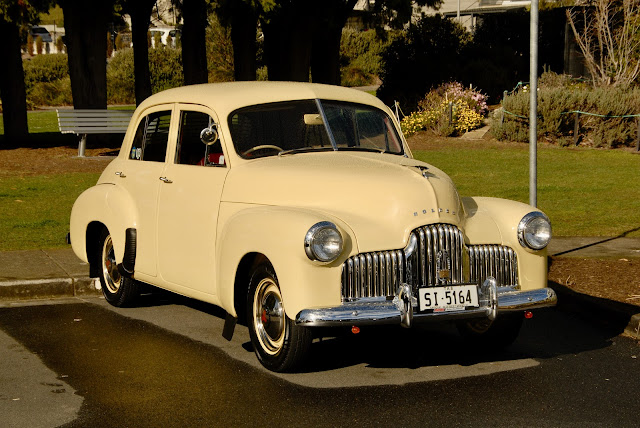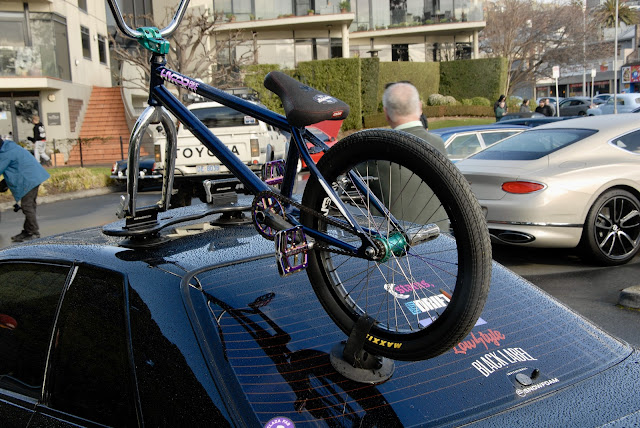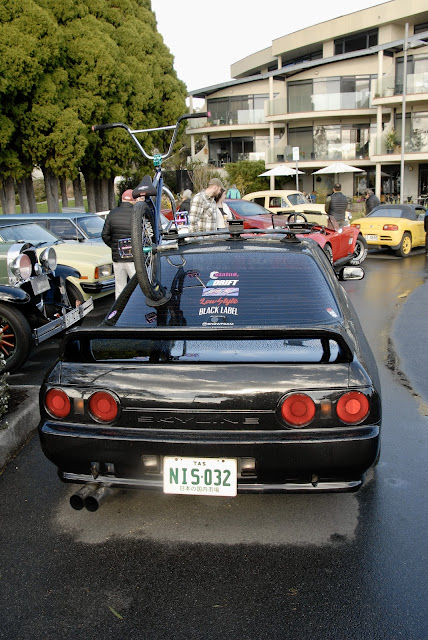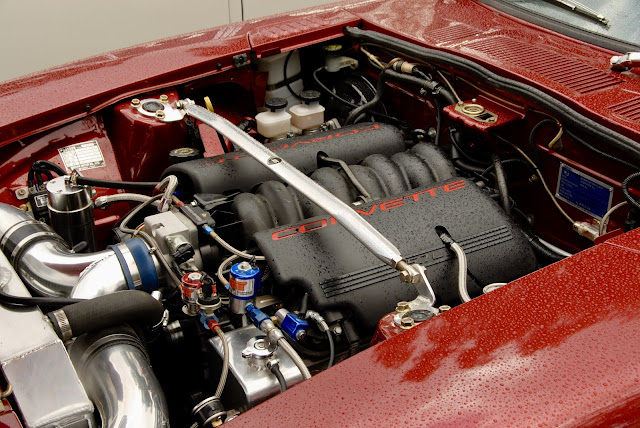Classics by the Beach: August, 2024
For non-Aussies readers, this is a 48-215 Holden, aka an "FX," which was General Motors' first ever car to wear the Holden badge. According to Wikipedia, the FX name was never officially used by GM but was actually an internal code to distinguish later 48-215s fitted with telescopic front shock absorbers from the earlier versions equipped with lever-arm dampers. However, the term caught on and eventually became the model's unofficial model name for both early- and late-built examples (https://en.wikipedia.org/wiki/Holden_48-215, accessed 08 AUG 24).
So, how did GM come up with the 48-215 designation? According to the same source, it's actually very simple: '48 was the car's first year of manufacture and 215 an expression of the engine's 2.15 litre cubic capacity (ibid). That said, I do question why a US-owned and based company operating in Australia would be using litres, given that both countries were very much non-metric back then. Moreover, Holden's engines continued to be marketed using imperial capacities - 179, 186, 202, 253 and 308 cubic inch - until at least 1971, which was when Australia officially adopted the metric system. It's just a bit odd.
This particular FX - photographed at Classics by the Beach, held on the first Sunday of each month at Sandy Bay, fifteen minutes' drive from Hobart, Tasmania - has been very tastefully modified. It's running Superlight wheels, late-model Holden exterior mirrors and an uprgaded interior, featuring a sports steering wheel, additional instrumentation, floor-change gear shift and cloth-trimmed bucket seats. There are also disc brakes up-front and finned rear drums, neither of which are original to the model. The duco and chrome are immaculate, too.
This FX, also photographed at the same event, is one for the purists. It would appear to be entirely unmolested and was as near to perfect as could be hoped for.
Mr and Mrs Cortina made a lovely couple. Both were in fabulous nick for their age and were a treat to see, later examples having all but disappeared from our roads.







































Comments
Post a Comment